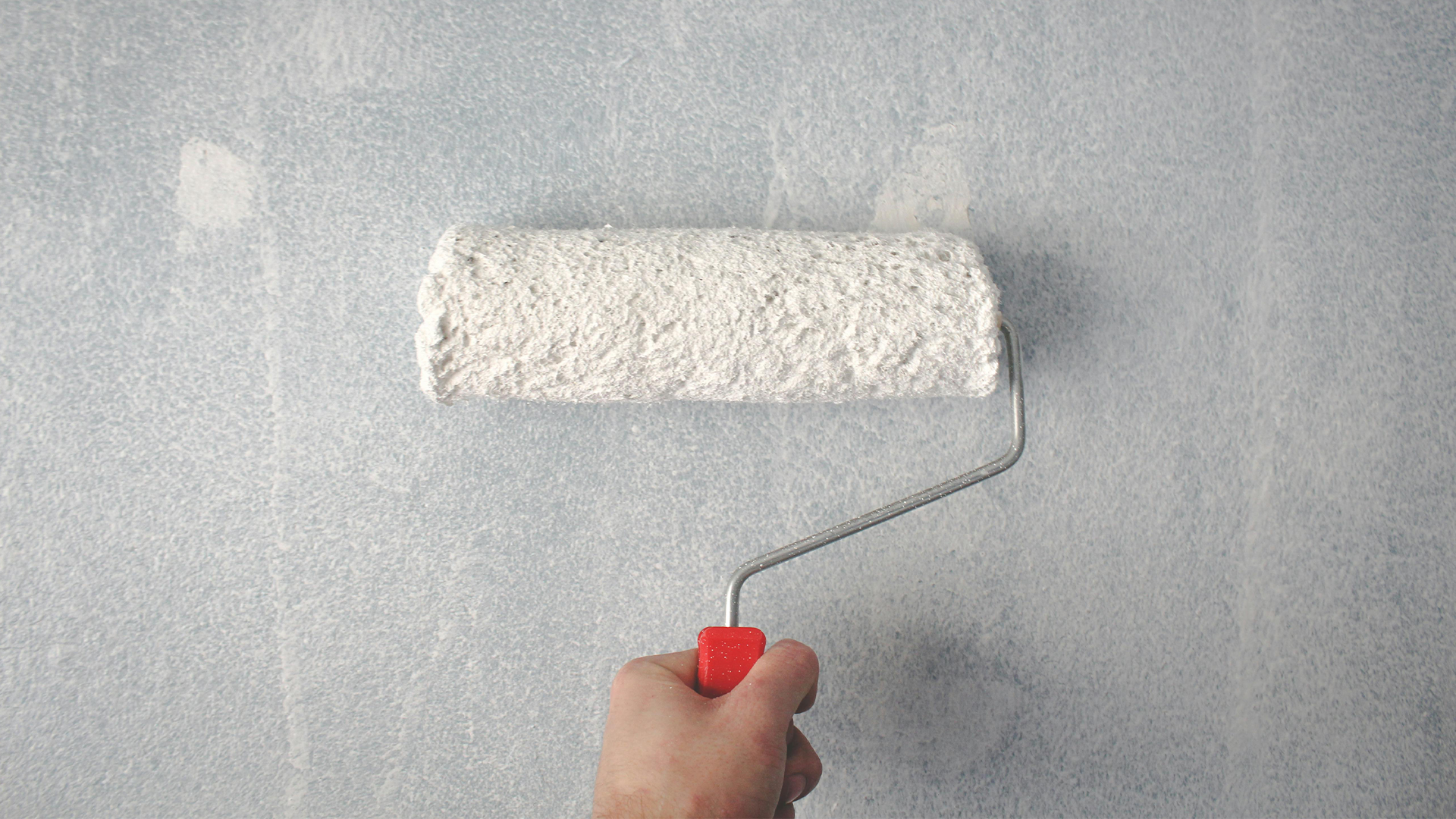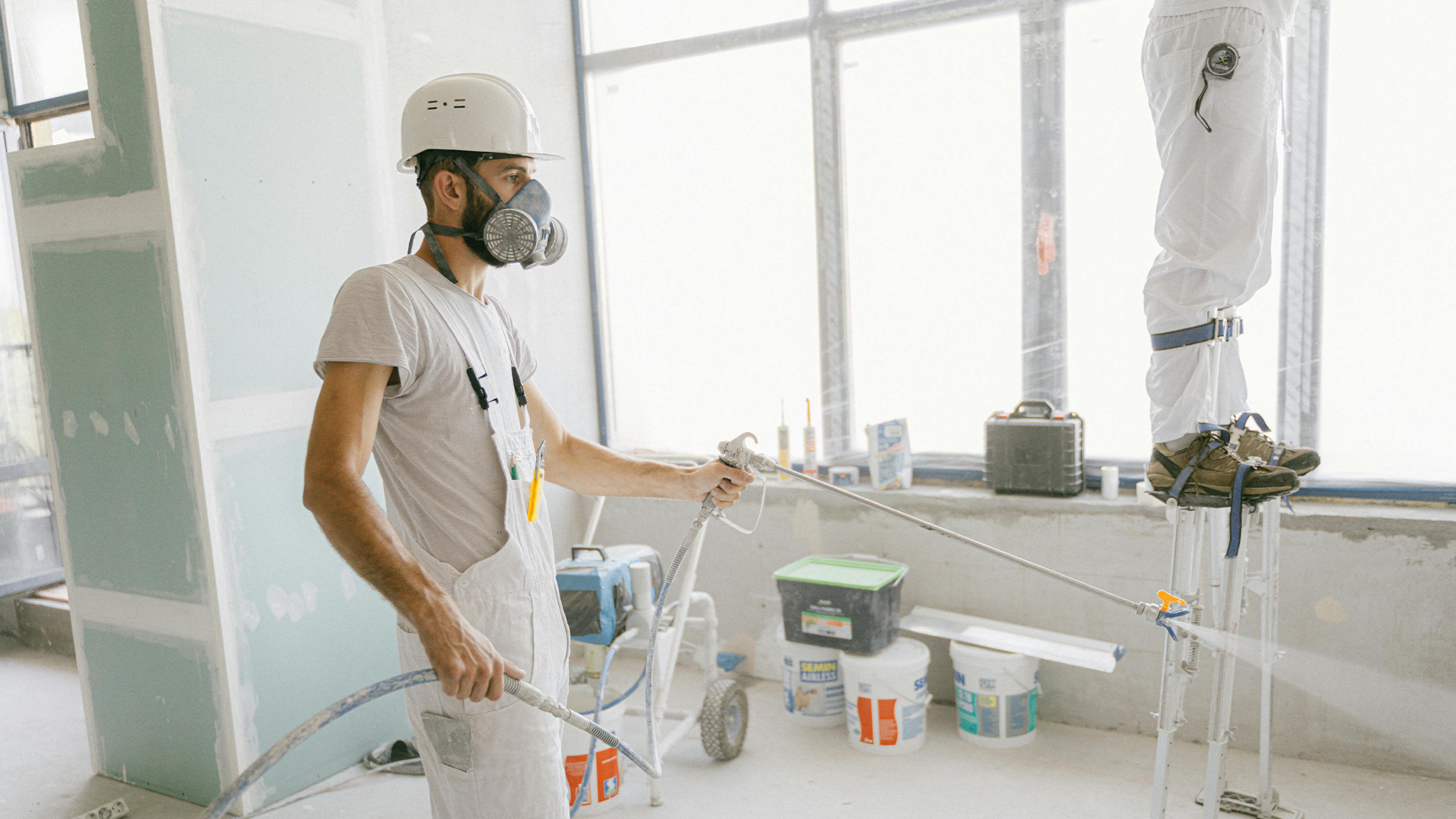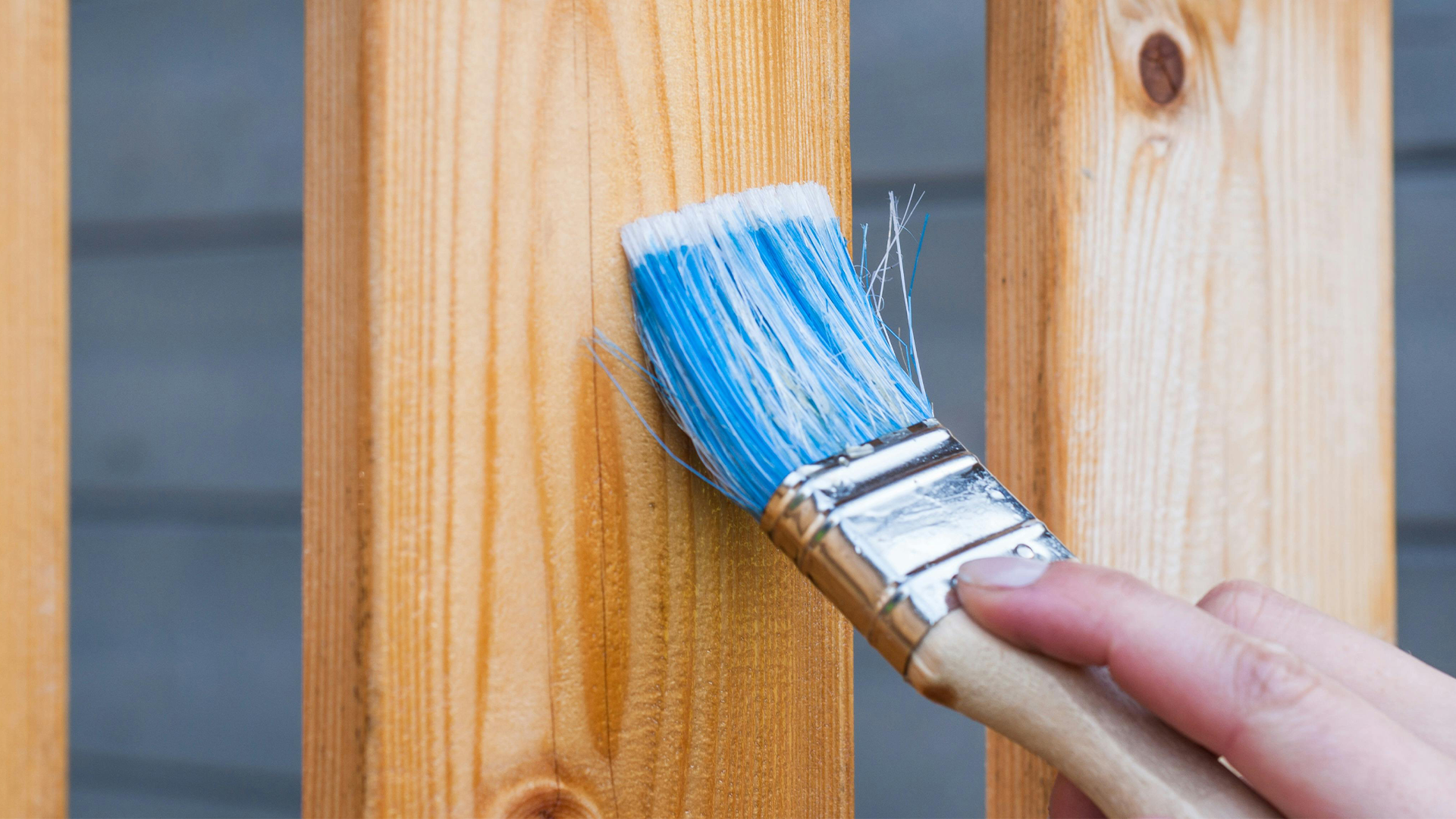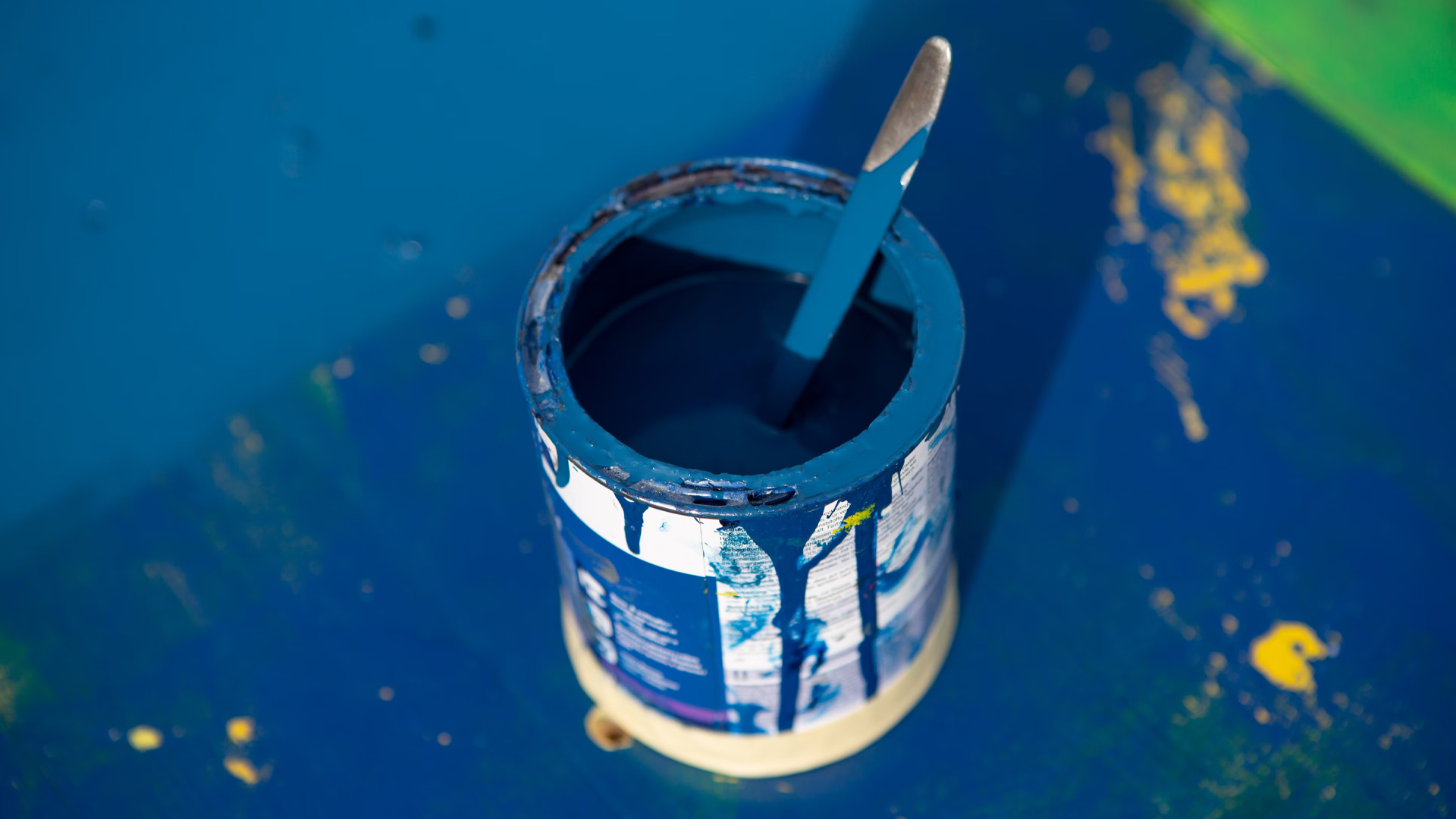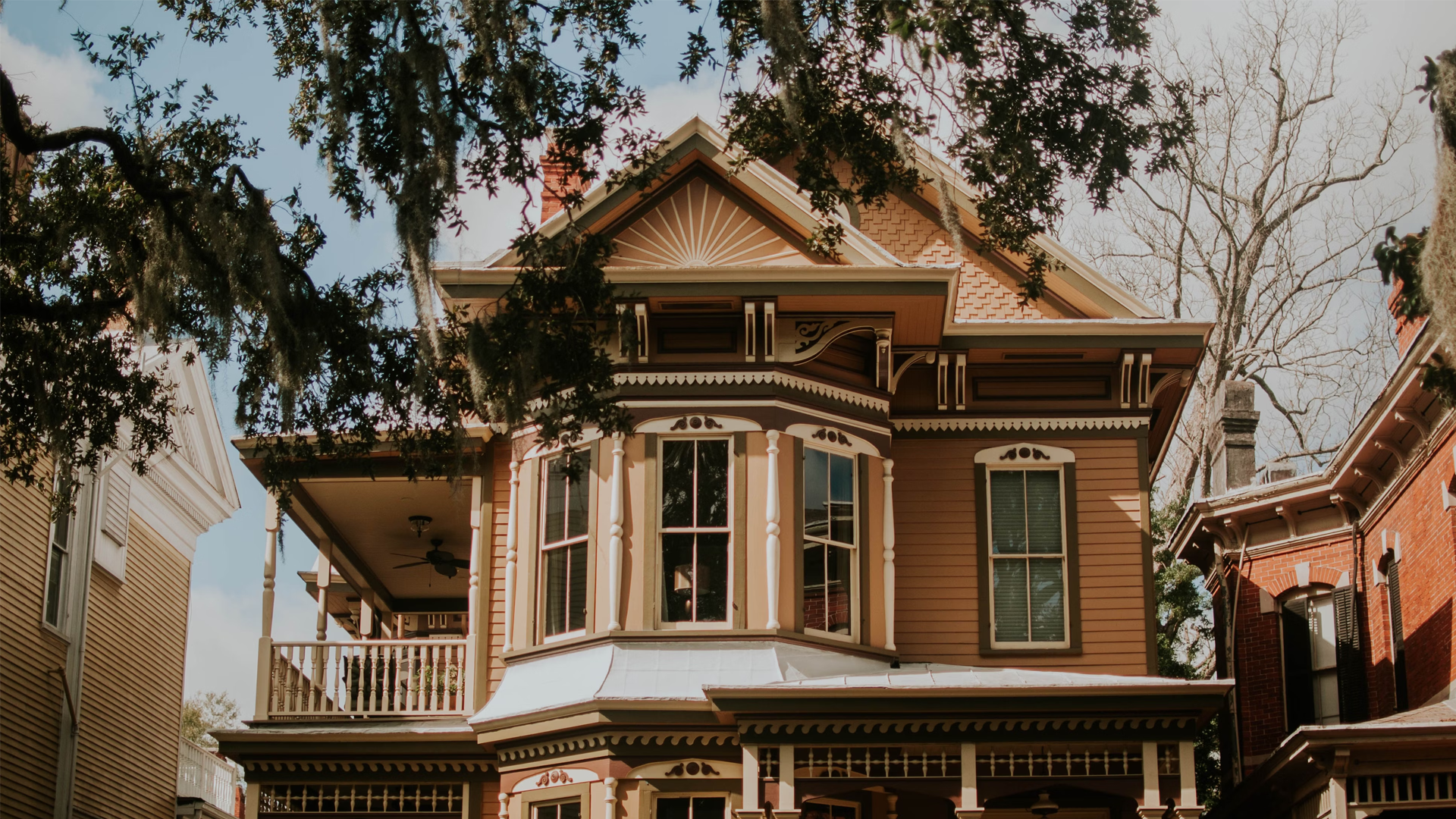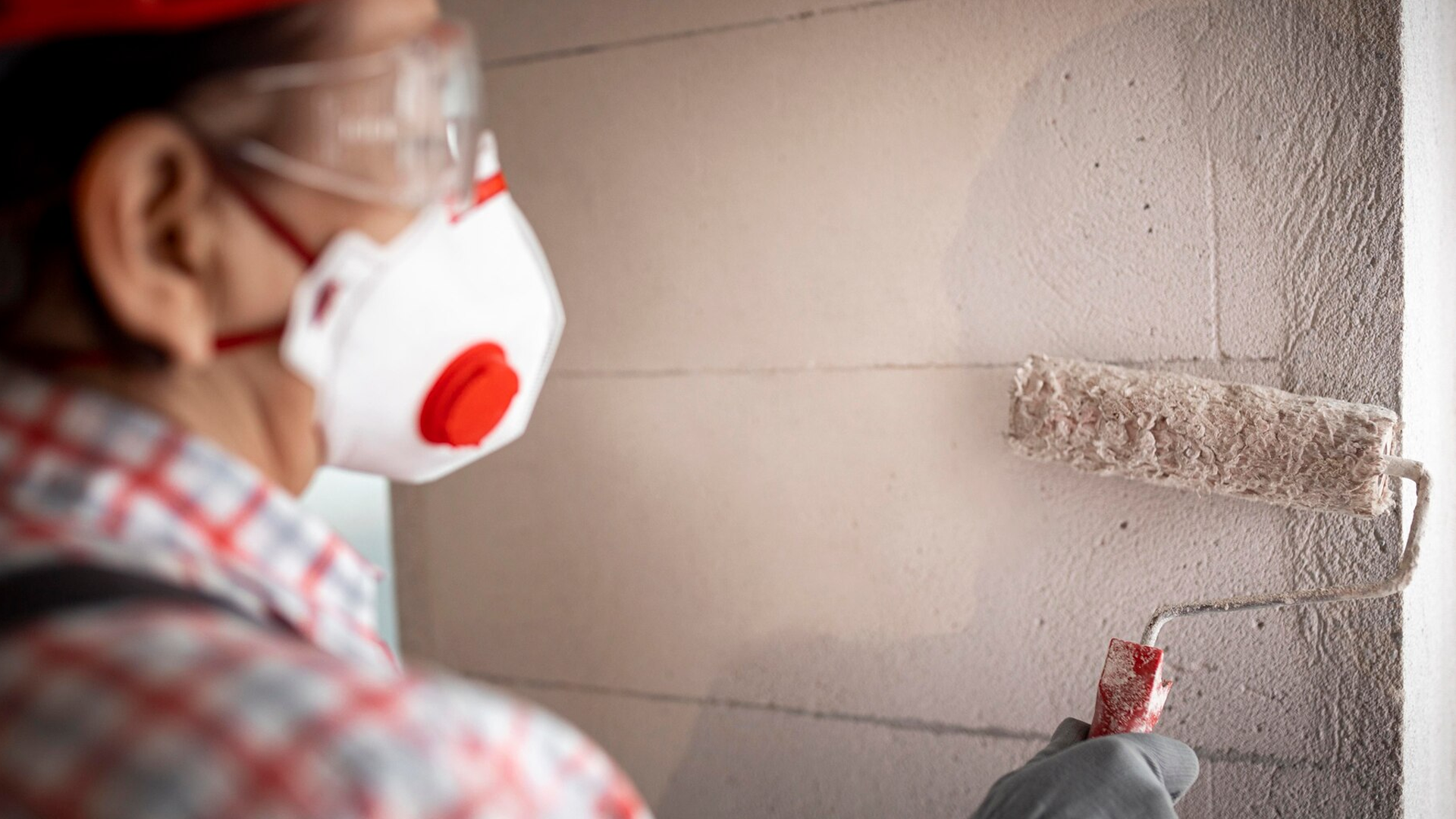Key Take Aways
Woodworm are the larvae of beetles (e.g. Common Furniture Beetle), not actual worms. They feed inside wood, creating tunnels and small, round exit holes when the adults emerge.
Indicators include fresh exit holes and piles of powdery sawdust (frass) beneath the wood.
Woodworm thrive in damp or moist wood—keeping wood dry with good ventilation is crucial for prevention.
Treatment options vary by severity:
DIY methods for minor infestations include borate or permethrin-based sprays, vinegar solutions, injecting gel into holes, or using flytraps for emerging beetles.
More intensive methods include heat treatments (e.g. kiln drying or freezing) to raise wood’s core temperature above ~49 °C for at least 30 minutes.
After treatment, damaged areas can be repaired using wood filler, sanding, and refinishing with varnish or wax to seal the wood and prevent reinfestation.
For large-scale, valuable, or structurally critical pieces, professional pest control is recommended. They may use specialist chemical pastes, boron rods, or combined treatments tailored for antiques or significant timbers.
Do you not understand what “woodworm” means or how to find the minor signs in your home? Woodworms are not worms, despite their name. They are in the early stages of wood-boring bugs. Beetle larvae lay their eggs in your wood, causing damage. People think wood worms in furniture cause harm, but larvae do. They dig very deep into the trees, making holes and leaving damage patterns that are easy to spot.
What is Woodworm?
As larvae, wood-boring insects lay their eggs in microscopic fissures on wood. This is called woodworm. The most prevalent beetle is the Furniture Beetle (Anobium punctatum). Others include the Death Watch, House Longhorn, and Powderpost Beetles.
Once the eggs hatch, the larvae burrow into the wood for cellulose. They make tunnels and chambers from which the adult insect finally emerges. Flight holes and frass (the waste left by the adult beetle eating the escape) vary by wood-boring insects. Woodworms destroy the wood surface, but the microscopic exit holes make them hard to spot.
Identifying Wood worms in furniture
Use this list to spot the most common wood worm signs in your home.
Common Furniture Beetle (Anobium Punctatum)
The common furniture beetle is one of the homes’ most prevalent wood-boring bugs. The grain-boring tool leaves 2 mm circular holes in soft and hardwoods.
Death Watch Beetle (Xestobium Rufovillosum)
The death watch insect lays its eggs in rotting elm and oak wood. It often has white rot. It is often seen with white rot. When the larvae hatch, they make wide holes in the wood and fill them with “frass,” which can be seen more closely. Interestingly, the death watch beetle is one of the only beetles you can hear. They make a tapping sound to attract a mate, usually on a quiet summer night. If you see tunnels with holes about 2 to 3 mm in diameter, death watch beetles are living in them.
Ambrosia Beetle
The ambrosia beetle is a type of weevil; it can be found in different species based on where it lives. The most common ambrosia beetle in the UK is Platypus Cylindrus. It usually lives in newly cut logs or trees that have just fallen, but it has been seen in homes. They like wood with ambrosia fungi to grow their fungal fields and get nutrients. This makes the wood fibres around the fungi turn black or blue.
Bark Borer (Ernobius Mollis)
The bark borer likes softwoods covered in bark and makes holes about 2 mm wide close to the surface of the wood. They leave behind round waste that is coloured by the wood they eat. Look for small, round exit holes and clues that caves are below the ground.
Powder Post Beetle (Lyctus Brunneus)
The powder-post beetle eats young hardwood trees less than ten years old. It digs deep into the wood, following the natural grain of the wood. Powder post beetles make networks of small, round holes that connect and cross each other, making the wood less stable. The tunnels are arranged in a maze-like pattern. The holes are hard to find because they are only 1 mm across, but the made waste looks and feels like flour, making it easier to find and identify. These kinds of wood worms in furniture often come into homes with new furniture.
House Longhorn (Hylotrupes Bajulus)
The house longhorn (Hylotrupes Bajulus) is one of the giant wood-boring bugs. It likes to eat smaller softwoods and is one of the worst pests you can find in your home. Their big tube is 10 mm wide. They leave behind long, cylinder-shaped “frass” pellets as they dig their tunnels, which makes boreholes easier to see on your own. The House Longhorn is a destructive bug that can quickly weaken wood.
Wharf Borer (Nacerdes Melanura)
The wharf borer is another giant wood-borer insect that lives mainly in coastal buildings and structures, but it has been seen in buildings inland with major damp problems. When the wharf borer eats wood, it leaves 8mm-wide holes full of waste that looks like soil.
How to get rid of wood worms in furniture?
If the woodworms are only in a small area, you can quickly eliminate them using the correct method. But if the infestation has spread to a lot of space or almost all of your furniture, you should get help from an expert.
Look for pest control services in your area for woodworm beetle treatment. If you think the problem has spread, let someone look at the whole area. Old wooden floors can fall apart if you don’t fix them. If you believe there is a bigger problem, it’s better to be safe than sorry.
Spray of Chemicals
If the woodworm problem is small or easy to handle, you only need to use something simple. To remove the woodworms, you can spray a chemical on all the affected wood and furniture.
Treatment with Vinegar
People who want to eliminate woodworm floor boards do it themselves and find that vinegar works well. Mix white vinegar with a rag and an all-purpose cleaner. Use a cloth to wipe the affected areas until the woodworms are gone.
Flytraps
An excellent way to get rid of woodworm bugs is with flytraps. All you need to do is put the fly traps in sheds and well-ventilated rooms in your house. The fly traps will kill the beetles that emerge after the outbreak.
Borate Treatment
It is safe to use on wood inside to protect it from the weather. This is called a borate treatment. If done well, it should endure 5–10 years.
Permethrin
One of the most used pesticides is permethrin. Active components in this water-based mixture prevent woodworm growth. It is simple to use and requires no help, so you are the only one who can stop the wood worms in furniture from spreading.
Conclusion
Maintaining your wood is a continuous process. You must inspect often, reduce humidity, and treat the condition swiftly to prevent recurrent breakouts. These steps will keep your wood attractive and endure for years. A final reminder: be proactive and aware. If you have any concerns, you should be bold and ask for help or information from a professional.
